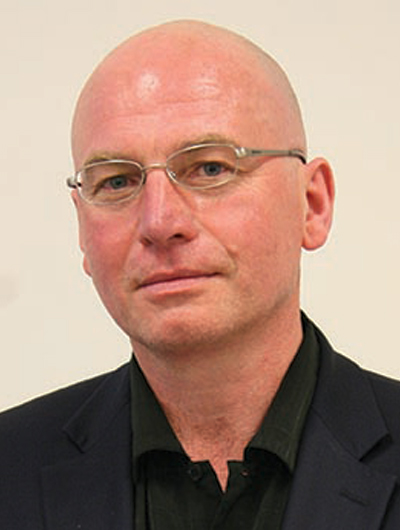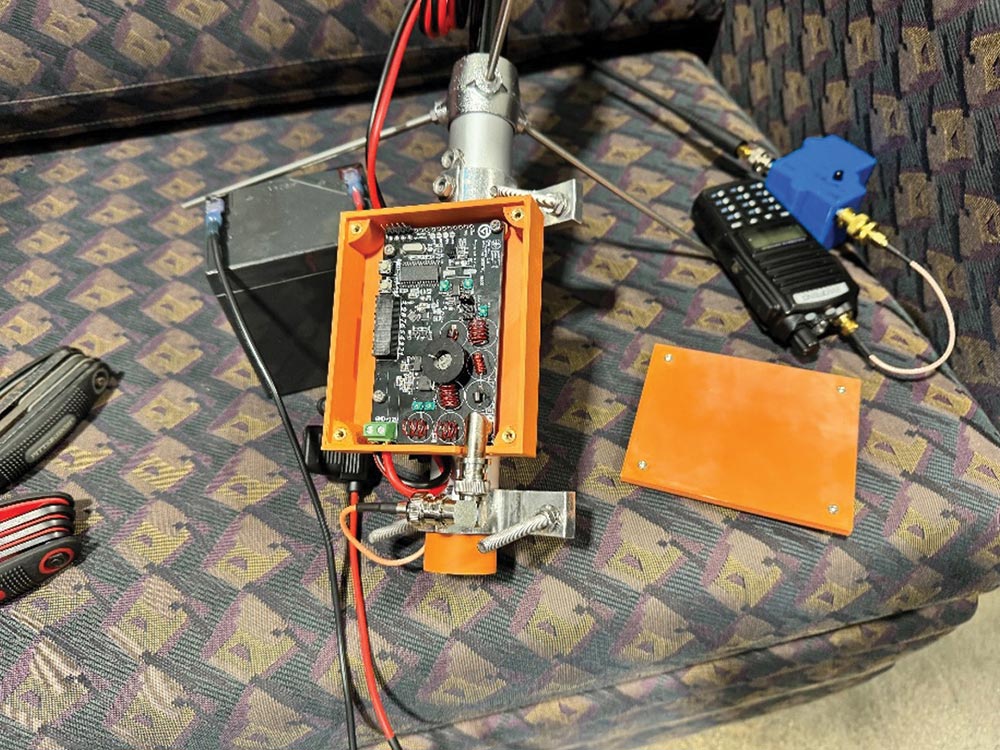ach year, the January issue of In Compliance Magazine addresses EMC education. It is only fitting that this month “EMC Concepts Explained” [1] is also devoted to the topic of EMC education. Specifically, this column will describe a unique collaboration between academia and industry at Grand Valley State University (GVSU).
The EMC Center, located in Grand Rapids, Michigan, on the GVSU engineering campus, is an intersection between academia and industry that brings decades of EMC & High-Speed industry expertise, tools, and capabilities to the classroom and the student experience. E3 Compliance is an independently funded industrial group and a tenant within the GVSU Innovation & Design Center (IDC). They provide engineering students with industry experience in EMC & High-Speed electronic product development.
This unique collaboration between GVSU and E3 provides opportunities for undergraduate and graduate students to work on cutting-edge electronics technology in multiple industries such as automotive, aerospace, medical, defense, consumer, commercial and industrial.
This column starts with a description of the EMC & High-Speed laboratory, along with some of the capabilities and services offered to the industry. This is followed by examples of the unique student experiences that result from the collaboration between GVSU and E3 Compliance.
During their first rotation, students are taught how to read and interpret regulatory and industry standards. They also perform high-speed signal and power integrity measurements as well as EMC pre-compliance tests such as radiated & conducted emissions, radiated & conducted immunity, electrostatic discharge and electrical disturbances. This experience gives students a great foundation of what EMC, Signal Integrity and Power Integrity are and how to perform measurements. It also exposes them to the latest product technologies and how they can exhibit EMC and High-Speed issues before they become ready for production.
During their second rotation, co-op students are exposed to product designs and are taught how to investigate EMC & High-Speed issues found through testing. This allows students to begin learning how to identify root-causes by understanding the physics using specialized tools while also mitigating problems by retrofitting devices in the lab. Students enjoy working hands-on in a lab environment to see the results on the bench or in the EMC chambers.
On their third rotation, students gain more independence and take on more responsibilities to work with industrial clients and help with industry course hardware demonstrations. They become capable of running a wide variety of different tests and measurements according to many different standards and engineering methods. The students are also capable of performing diagnostics to investigate and resolve EMC failures identified in testing.
The experience goes even further by allowing students to apply their knowledge to help industry clients prevent issues by participating in schematic, PCB layout and system design reviews before hardware is released. Students are able to see the full life-cycle of product development from concept to production releases. Eventually, they will have the rewarding experience of seeing products appear in the marketplace that they helped develop while obtaining their electrical engineering degrees. By the time the undergraduate students finish their degree they have one year of unique industrial experience. Figure 2 shows some of the GVSU co-op students at work.
Beyond the student employment experiences, E3 also sponsors multi-disciplinary senior design capstone projects that involve 5-6 students nearing the completion of their undergraduate degrees in engineering. Typically, the company sponsors one project each year that requires the students to design, build and test a system to enhance our EMC or High-Speed capabilities. One example is an automated EMC antenna mast which required mechanical, electrical, software and systems development and integration. This project supported the automation of radiated emissions testing in the company’s EMC chambers.
Within the EMC industry, a large number of companies now seek the talent pool that graduates with this kind of experience coming out of college. The students gain hands-on experience that is hard to learn another way than by doing the work and being mentored by experts. The increased demand from industry supports the view that collaboration between academia and industry really does work.
All of the published information is non-proprietary and can be shared with the public. The designs are often showcased by students at the semi-annual Padnos College of Engineering (PCE) project day held in Spring and Fall each year on the GVSU downtown Grand Rapids, Michigan engineering campus. The recent project day presentations by GVSU/E3 co-op students are shown in Figure 3.
E3 Compliance also supports GVSU’s Amateur Radio Club (W8GVU). The university club has faculty and student members that learn about radio frequency communications and operate fixed and mobile radio gear. The company supports the club by designing and building “FOX” transmitter PCBs and step attenuator receiver boards (shown in Figure 4) to aid in the “Fox Hunts” in which students participate.
The collaboration that has been established over the years between academia and industry at the GSVU EMC Center, has created an environment where students and industry both benefit and succeed. This program is unique and has resulted in many students graduating with EMC & High-Speed skills and experience that have allowed them to start their careers in reputable, global companies. Some of the students that go through the program have also been hired directly into the EMC Center as engineers who now play a lead role in the operations. The students have also had opportunities to co-author publications and present some of the findings from the EMC Center. Future plans include the establishment of an MSE program in Electromagnetic Compatibility combined with graduate assistantship and internship, currently under development.





